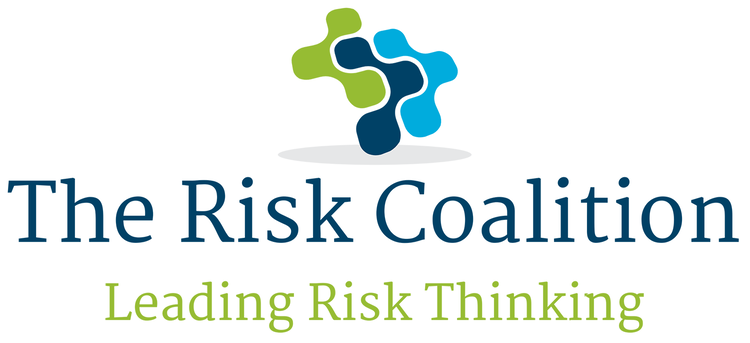The three lines model and its various interpretations provide useful tools for positioning and championing Internal Audit within organisations. Like many concepts the model is not without its critics but, on the whole, it does provide a good basis to frame the discussion regarding the Board’s assurance needs.
Internal auditors are familiar with the need to ensure governance and assurance frameworks are aligned. They have been using the three lines model for over a decade to help guide the interplay between management and the internal audit function. The recent revision to the model, with an increased focus on collaboration, speaks to the importance of ensuring assurance providers – wherever they sit in the organisation – have clear lines of sight and effective working relationships.
As assurances funnel up through the organisation the audit committee has a prime position at the top of this funnel looking across the three lines and trying to make sense of the various sources of assurance it has available. The Risk Coalition has undertaken significant work in this space looking to understand the connection between board strategy, risk management and the assurance framework. From its work interviewing risk and audit committee members, some common themes emerge:
The need for assurance to be driven top down from the board
A stronger linkage between board objectives and assurance activity
A greater focus on assurance stemming from the first line
A more effective way of presenting the totality of assurance activity across the three lines.
For internal auditors, this poses some interesting issues on how best to support the board and audit committee. Internal Audit’s voice should have a key role in shaping the assurance agenda and closing the gap between board level expectation and current practice.
So how should Internal Audit use that voice?
Senior level engagement – ensuring regular dialogue between Internal Audit, the audit committee and the wider c-suite is time well spent in building mutual trust and understanding.
Objective led assurance – working with the board to develop a culture of objective led assurance, ensuring that the board is clearly communicating to Internal Audit its needs for third line assurance.
Clarifying assurance responsibilities – opening a wider conversation on the role of the first line in assurance as ‘UK SOX’ will put a focus on attestations as a key mechanism for ensuring accountability for control and control assurance is clearly placed on the first line.
The big picture view – investing in developing and maintaining this holistic assurance landscape, which will pay dividends in allowing the board to gain a succinct coherent view of assurance activity.
While there is a current focus and debate on financial reporting and control, the above points have much broader applicability across the risk and control framework. Cyber, ESG and wider geo-political risks are all examples of priorities jostling for attention. Staying close to the board and its agenda, working to understand how assurances across the three lines combine, and helping the board to understand the totality of assurance, are all areas that will pay dividends in Internal Audit’s standing within the organisation, now and in the future.
Tim Le Mare is Regional Sales Director, Integrated Risk for Workiva. He will be leading a webinar to discuss this topic further. To join the debate, register for ACCA’s free webinar on 13 May at 12.30pm when he will look at this topic further with Bryan Foss of Risk Coalition and Lee Glover of Haines Watts.

